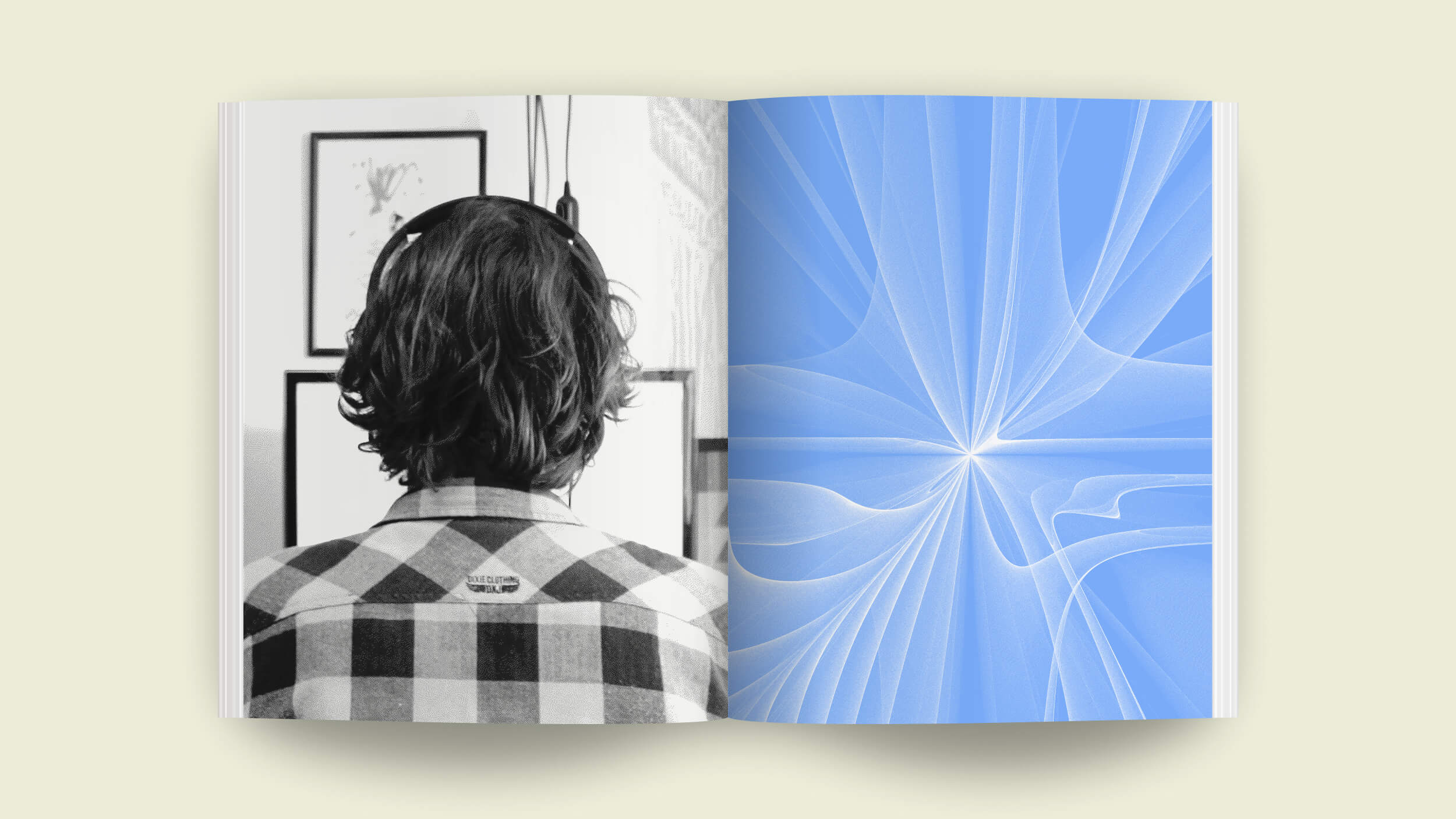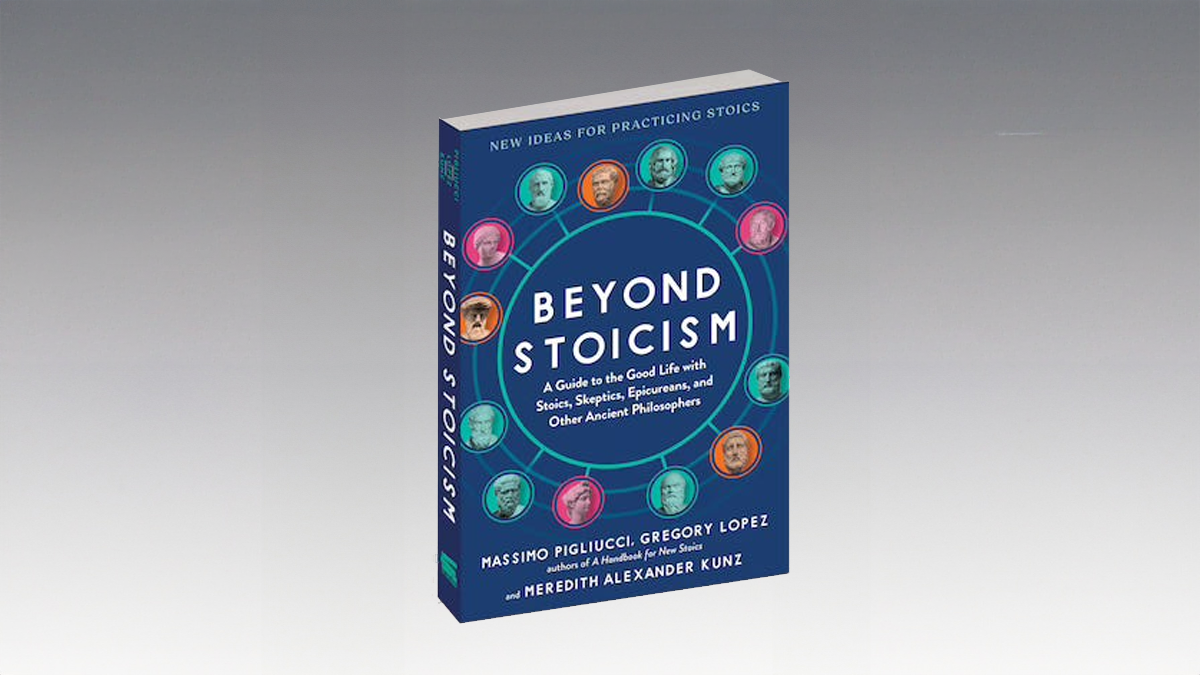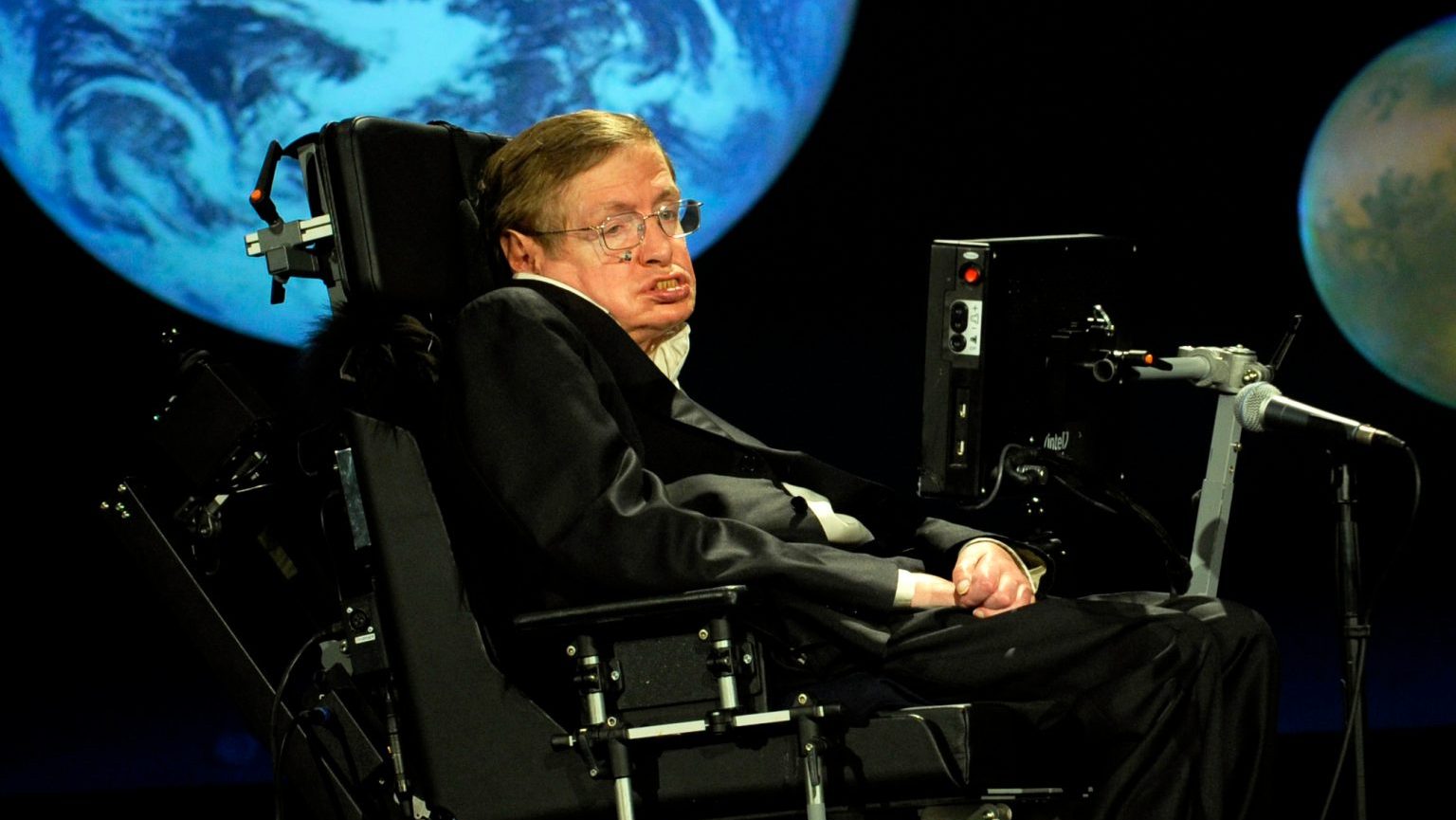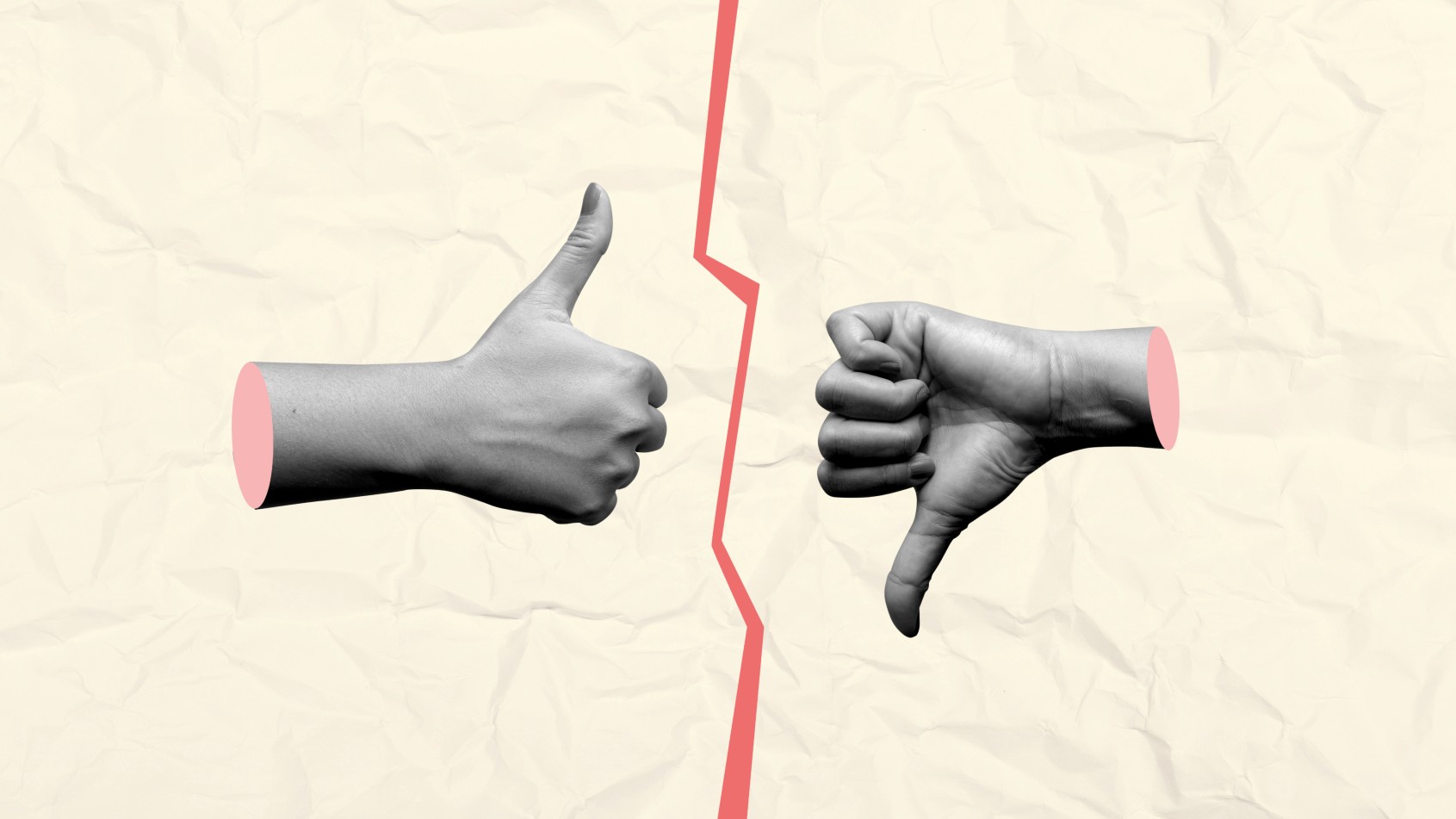Schlesinger respects those who volunteer as research subjects to help discover an AIDS vaccine.
Question: What is like working with the volunteers?
Sarah Schlesinger: The work that I do is all with normal volunteers. Our vaccines are all in early phase trials, so it’s with people who are uninfected. So I’m working with people who are coming forward of their own good will to volunteer to participate in a HIV vaccine trial. They’re rolling up their arms to develop the vaccine, which is, you know, every time I say that I get goose bumps, because that’s a really a brave thing to do. That’s a non-trivial thing to do. And, in fact, I have been in the lab at the RAIR.
I had worked on vaccine trials but I had supervised them. I hadn’t actually conducted them myself. I had been running a lab, and when I came back to the Rockefeller, I don’t know, six years ago, and to start to doing this work, my biggest worry was what we call recruitment. How were we going to get people to come forward to volunteer? And there had actually been things from the NIH published in the New York Times about how hard it was, and how this was the limiting factor in developing AIDS vaccines, and I was literally losing sleep about it. Like so many things, what you worry about isn’t the thing that gets you.
We put an ad in The Village Voice and the AM New York, and there were going to be 40 people in the trial. We had 400 calls the first day. So it isn’t always that easy and many of the people weren’t really able to participate for one reason or another, but the will here in New York to participate in our vaccine trails has been overwhelming to us. And, you know, I feel like it’s like a Hallmark Card moment, but nothing prepared me for that. And I think the reason that that is, is that New York was hit by HIV in a way like no other city in the developed world. There were more cases here than there were in San Francisco and Miami together in the ‘80s.
And so there’s been some work done on this by colleagues, particularly in Kenya and Thailand, that the thing that predicts people participating in HIV vaccine trials is being either part of an affected community or having watched a friend or loved one die, because they want to do. This is something one can really do to make a difference. And so 30 to 40% of our volunteers are what we call affected by the epidemic. So they are either members of the community or have had a friend or loved one die, and they’re doing it for that reason. So it is tremendously inspiring. I have a great deal of respect for our volunteers and I enjoy interacting with them. For me, because I was in the lab, and I didn’t see patients, it reminded me of why I’m a physician. And I love that. When you set with a patient and you look them in the eye as a physician everything is different.
And I always say when I teach, we wear two hats. We wear that of physician and that of scientist. But the physician always has to come first. The day that it doesn’t come first is the day you have to leave, because you can no longer participate if your physician hat doesn’t come first.
Recorded on: June 10, 2008





